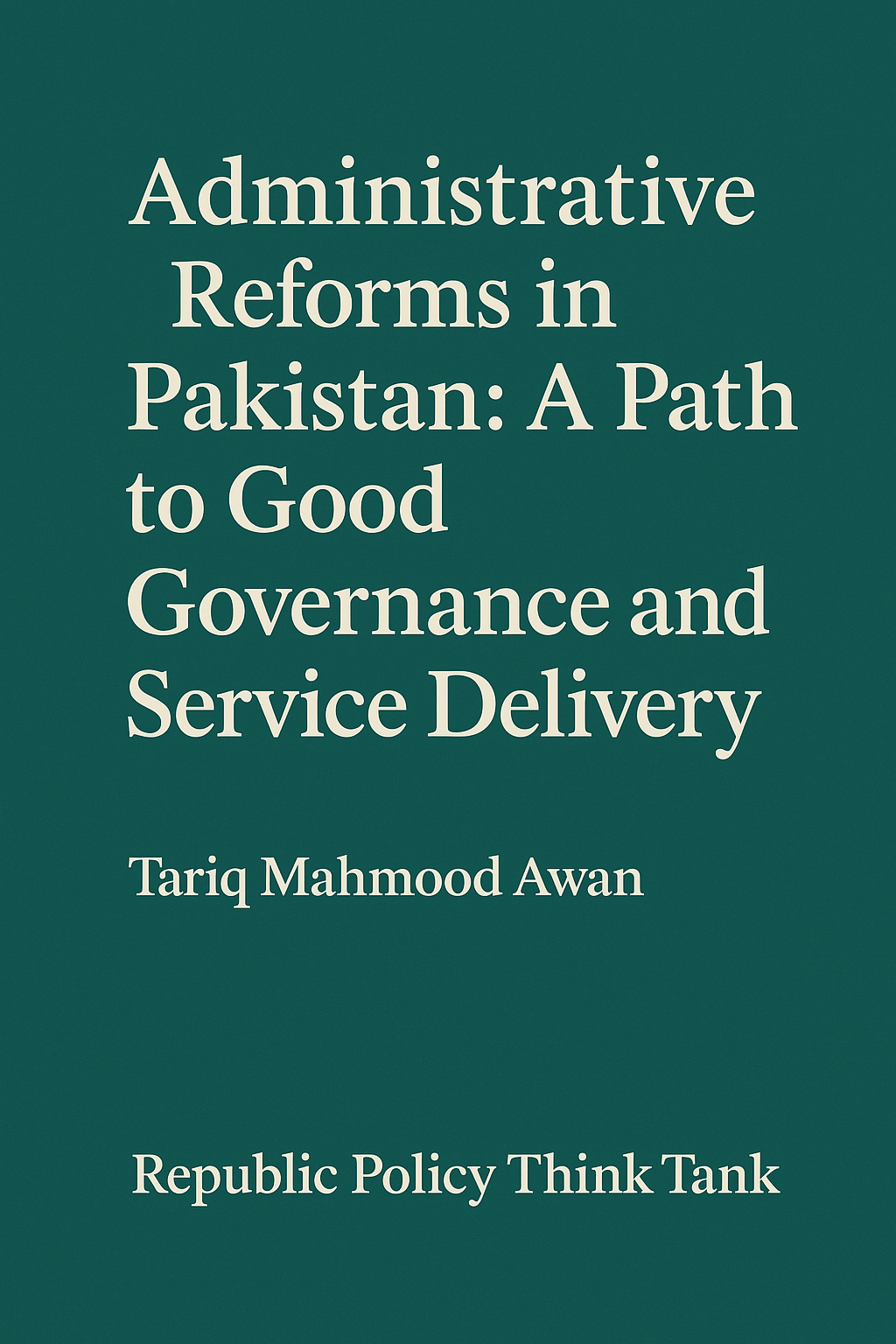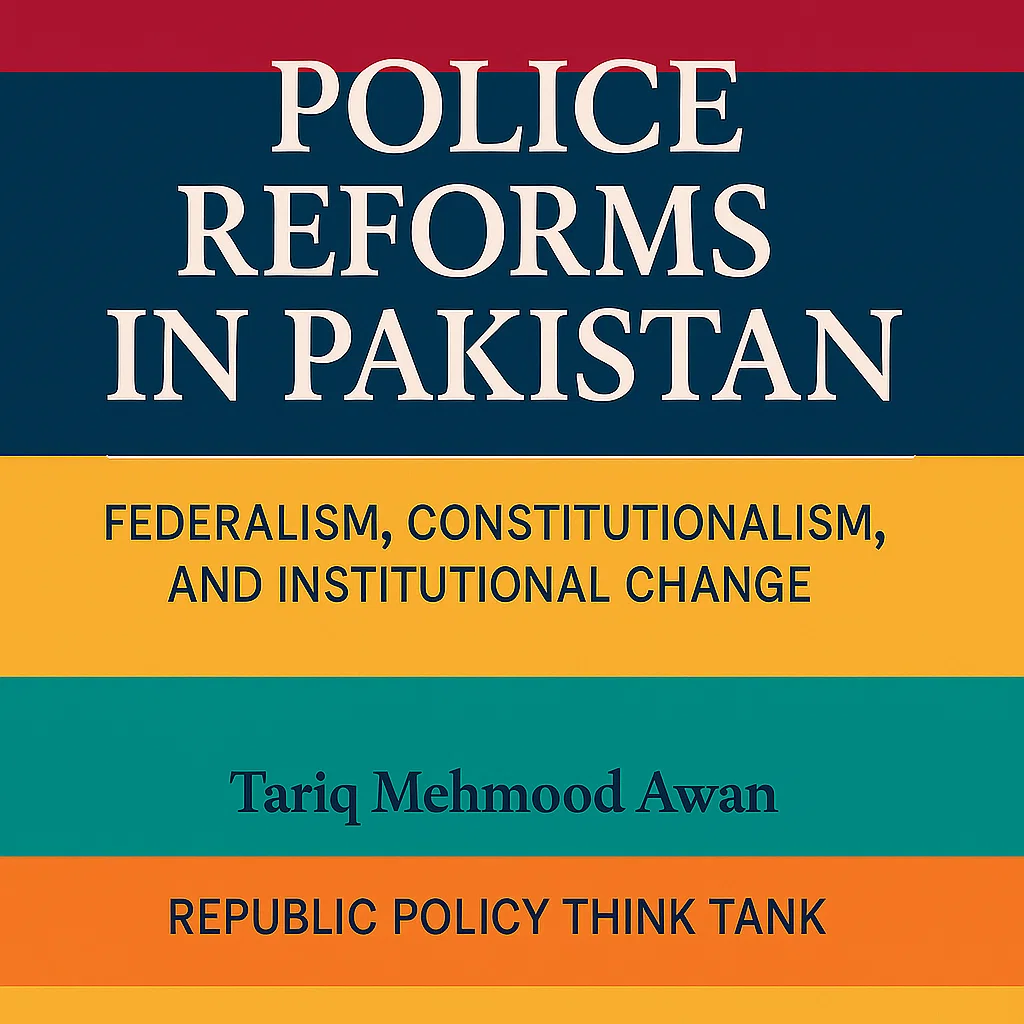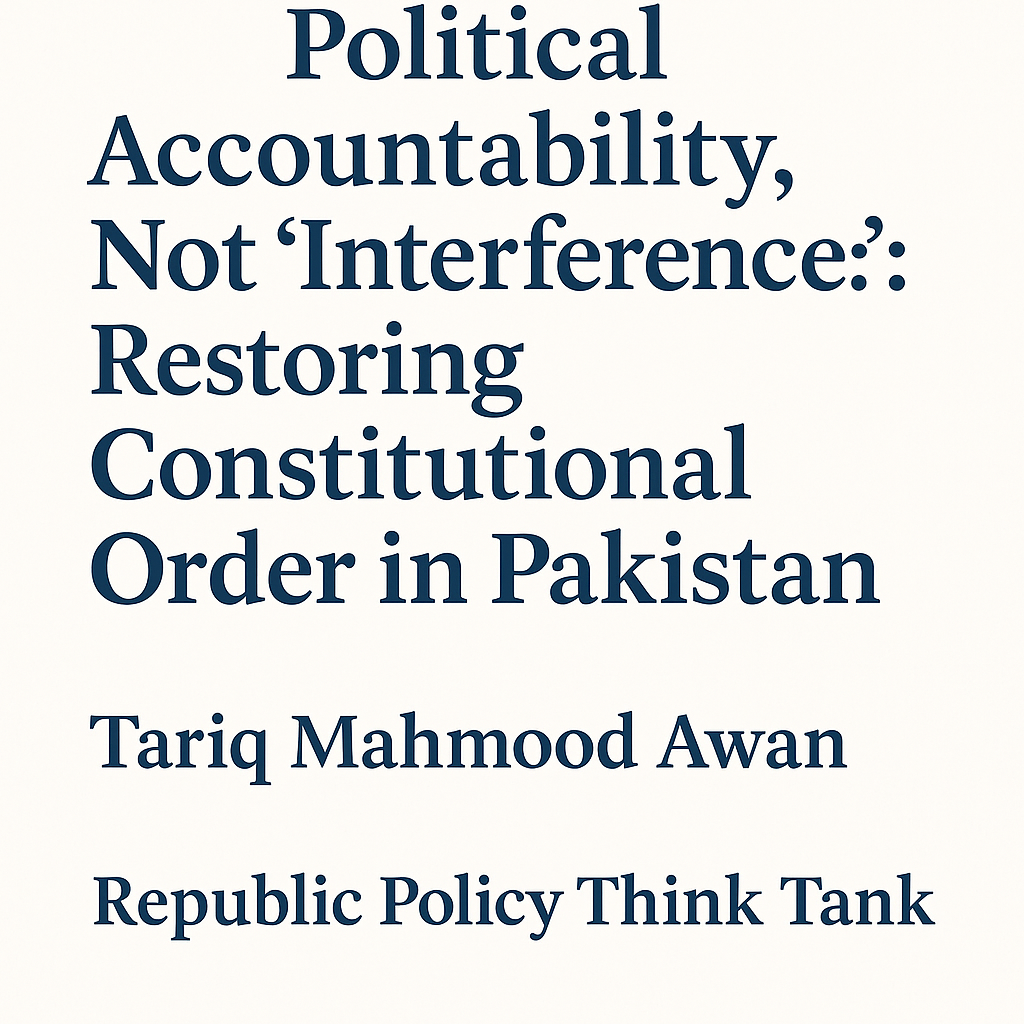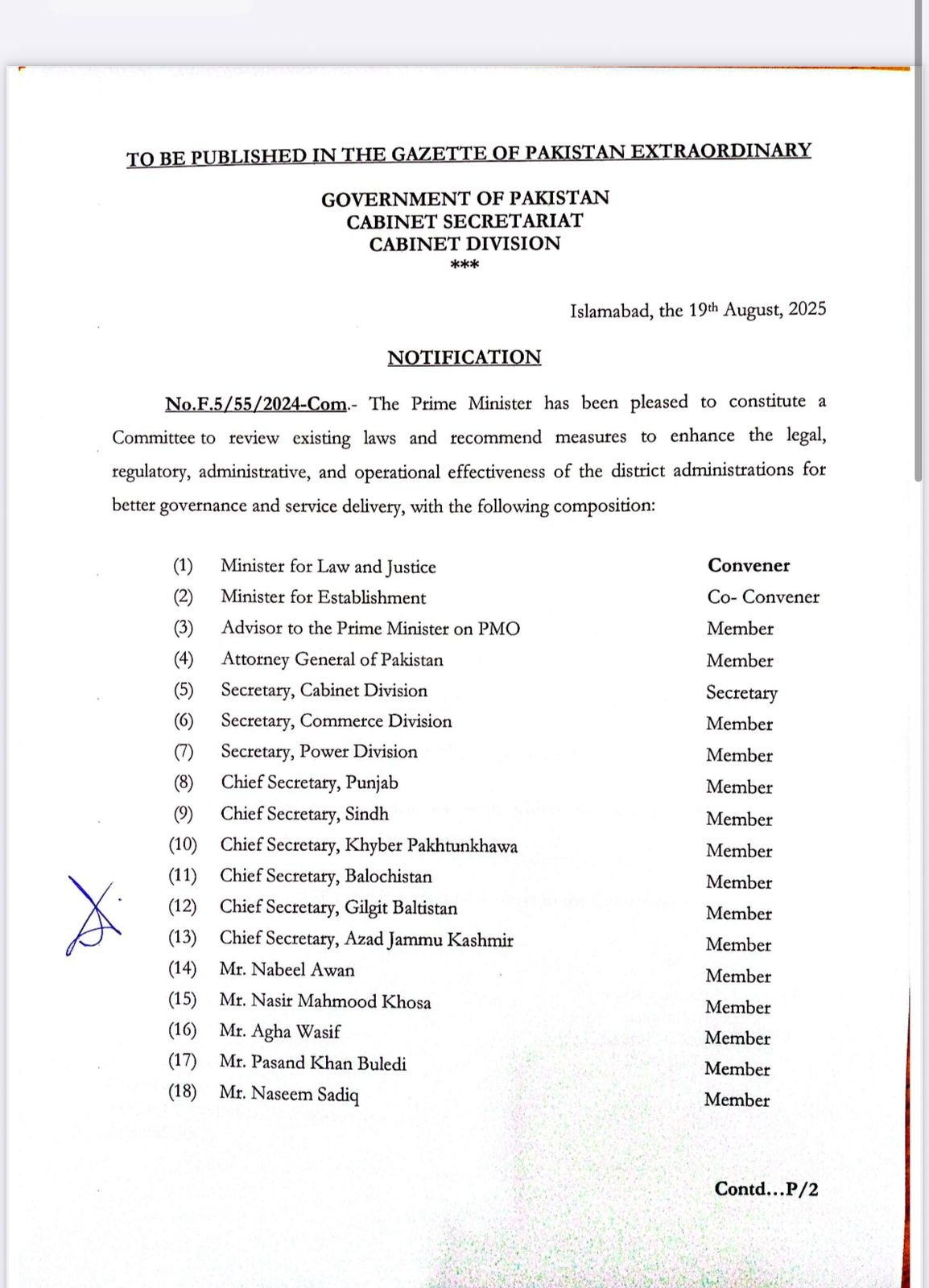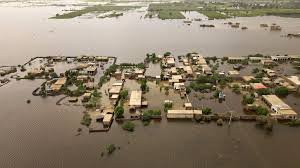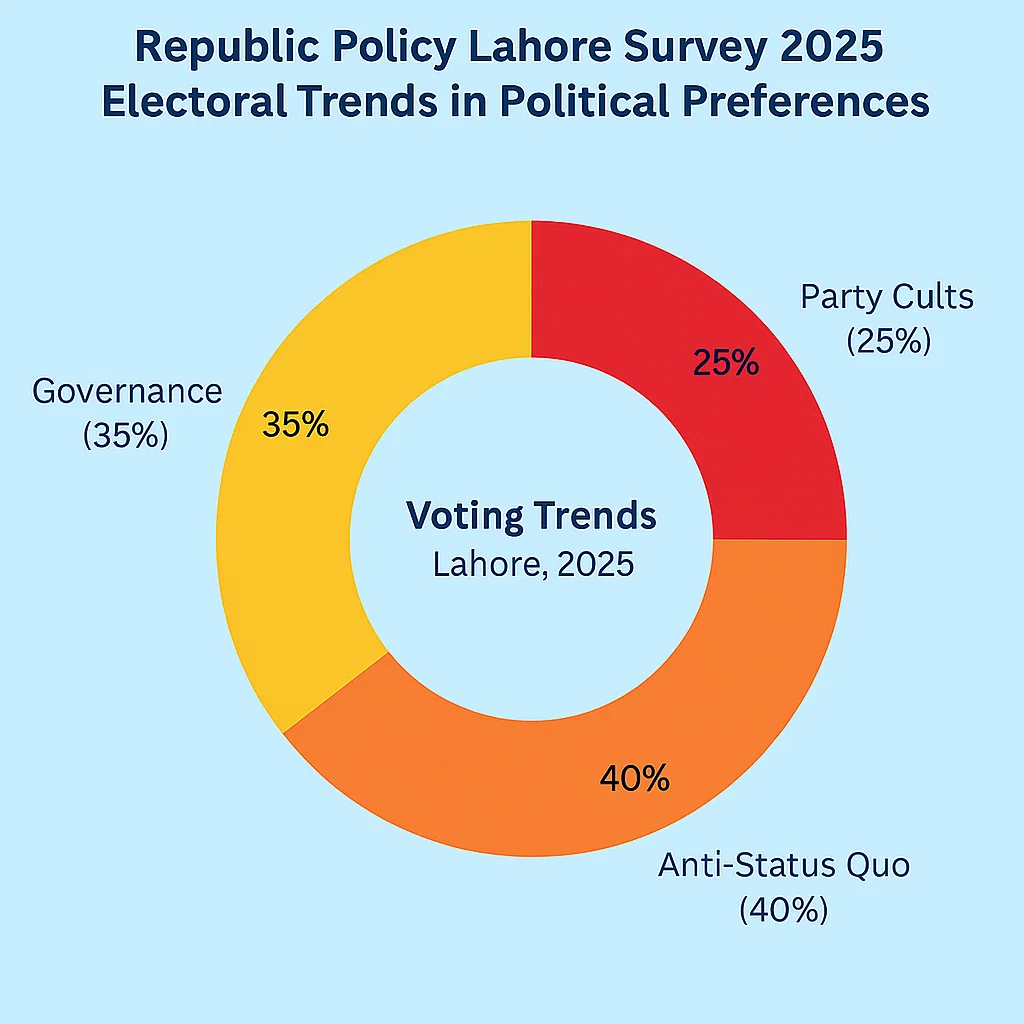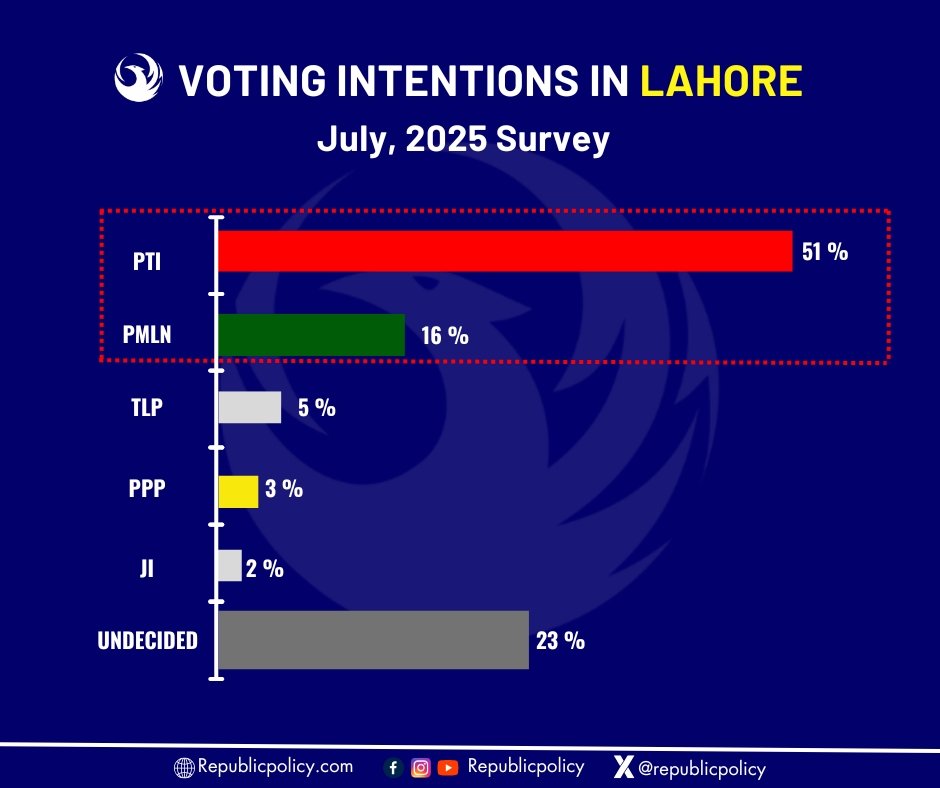Zafar Iqbal
The recent release of key macroeconomic data by the Pakistan Bureau of Statistics (PBS) has brought some relief, indicating positive trends in inflation and exports. Consumer Price Index (CPI) inflation has dropped, and exports have increased, presenting a seemingly optimistic picture of Pakistan’s economic performance. However, a deeper analysis of these figures reveals underlying issues and challenges that continue to hinder the country’s long-term economic stability and growth.
According to the PBS, the CPI has decreased to 4.1% in December, down from 4.9% in November. Core inflation, which excludes food and energy items, stood at 8.1%, showing a slight improvement but still indicating persistent inflationary pressures. Additionally, the Sensitive Price Index (SPI), which tracks price changes of essential goods, dropped significantly from 31.58% in the same period last year to 9.36% in the first half of 2024. Meanwhile, the Wholesale Price Index (WPI), a gauge of price changes at the wholesale level, saw a significant decline, dipping to 4.38% from 25.37% in the previous year.
While these statistics suggest a positive turn in inflationary trends, it is essential to view them in context. The fact that CPI inflation has dropped and exports have increased does not tell the full story of Pakistan’s economic realities. Exports, for instance, rose from $14.98 billion in the first half of 2024 to $16.56 billion in the same period this year. However, imports also increased slightly, from $26.14 billion to $27.73 billion, leading to only a marginal improvement in the trade balance—by a mere $20 million. These figures highlight that while exports have risen, the overall trade deficit remains substantial, further straining Pakistan’s external account position.
The drop in inflation, especially the decrease in the SPI, can be partly attributed to seasonal variations in the prices of perishable goods, such as vegetables and fruits. However, the dramatic fall in the WPI raises questions. With industrial growth negative and ongoing challenges in the business environment, it is difficult to understand how wholesale prices could have decreased so significantly. Industries continue to face rising costs due to factors like higher tariffs, transportation costs, and the withdrawal of subsidies as part of Pakistan’s agreement with the International Monetary Fund (IMF). In fact, many businesses have raised concerns about the increasing cost of doing business, which has pushed them to relocate operations outside the country, further exacerbating Pakistan’s industrial decline.
Moreover, despite the positive export growth, the country’s economic recovery remains fragile. Remittance inflows, which are crucial for stabilizing Pakistan’s foreign exchange reserves, have outpaced export earnings. Between July and November 2024, remittances totaled $14.77 billion, surpassing the $13.72 billion earned from exports in the same period. While remittances provide critical financial support, they are not a sustainable solution to the country’s external account challenges. The continued reliance on remittances rather than export growth raises concerns about Pakistan’s long-term economic viability.
The government’s claim that food inflation has decreased, supported by lower CPI figures in rural areas, is also contentious. While rural CPI is recorded at 3.6%, lower than the urban CPI of 4.1%, it is important to note that the World Bank recently reported that Pakistan’s poverty rate has risen to 25.3% in 2024, up from 18.3% the previous year. This increase in poverty, which has pushed an additional 13 million people into poverty, reflects the economic struggles faced by a significant portion of the population. While rural households spend a larger portion of their income on food, urban poverty rates are also likely rising, exacerbating socio-economic inequalities. This widening poverty gap further undermines the government’s claims of economic recovery, particularly as industrial output remains negative and agricultural output shows only modest improvements.
A closer examination of core inflation provides further insight into the uneven economic landscape. While the overall core inflation rate stands at 8.1%, it is higher in rural areas, reaching 10.7% in December, compared to 8.1% in urban areas. This discrepancy highlights the challenges faced by rural households, who are already burdened with higher food costs. These disparities in inflation rates point to structural imbalances in the economy, where rural areas continue to bear the brunt of economic hardship despite slight improvements in overall inflation figures.
Pl watch the video and subscribe to the YouTube channel of republicpolicy.com
The rise in private sector credit, which has reached nearly one trillion rupees, also deserves scrutiny. While the credit surge is seen as a positive sign of liquidity, it has largely been channeled into the stock market rather than stimulating productive economic activity. This speculative behavior in financial markets does little to address the real challenges faced by the industrial and agricultural sectors. The lack of substantial investment in physical output, as reflected in the negative industrial growth rate, further underscores the disconnect between financial markets and the broader economy.
One of the most concerning aspects of the current economic climate is the government’s failure to implement structural reforms that could address the root causes of Pakistan’s economic stagnation. Despite the government’s claims of progress, the country continues to grapple with a highly inefficient tax system, which remains riddled with anomalies. Furthermore, state-owned enterprises and the power sector continue to underperform, with little to no efforts to address their inefficiencies. Without these critical reforms, Pakistan will remain stuck in a cycle of economic challenges, unable to generate sustainable growth or reduce inequality.
The government’s failure to pass on the full cost recovery in energy tariffs to consumers, particularly through the power sector, has created significant fiscal pressures. These issues, combined with the rising cost of doing business, are driving industries and businesses to the brink, leaving the economy heavily reliant on remittances and foreign assistance. This is an unsustainable model that risks further alienating the public, especially as poverty levels continue to rise and unemployment remains high.
In conclusion, while the recent macroeconomic data released by PBS may appear positive at first glance, they conceal deeper structural issues that continue to plague Pakistan’s economy. Inflation may be on a downward trajectory, and exports have risen, but the country remains stuck in a fragile and unsustainable economic position. Without the implementation of comprehensive structural reforms in taxation, energy, and state-owned enterprises, Pakistan’s economic challenges will persist, and the benefits of economic growth will remain inaccessible to a large segment of the population. The government must shift its focus from short-term measures to long-term, sustainable reforms if it hopes to secure a prosperous future for all its citizens.






